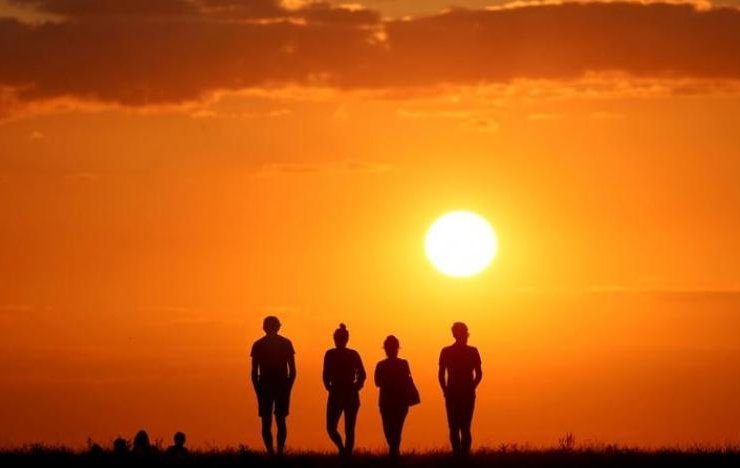Over the next five years, the average annual temperature will be at least 1 ° C higher than pre-industrial indicators (until 1860-1900). Moreover, at least one year will break the temperature record in 2016 - meteorologists are 90 percent sure of this.
There is a good 40 percent chance that in any given year the temperature will temporarily increase by 1.5 ° C. It is this figure that appears in the Paris climate agreement as the maximum permissible - otherwise the world will face catastrophic and unpredictable consequences.
Experts also expect that in 2021-2025 in high latitudes and the Sahel, most likely, it will be more humid, and tropical cyclones in the Atlantic will become more frequent.
“These are not just statistics,” emphasizes WMO Secretary General Peter Taalas. “Rising temperatures mean faster ice melting, rising sea levels, more frequent heatwaves and other extreme weather events, and increasingly serious implications for food production, sustainable development, human health and the environment.”
The findings are based on the experience of world renowned climatologists and data from the best forecasting systems from leading climate centers around the world.
“This research with a high level of scientific credibility shows that we are tangibly and inexorably approaching the threshold stated in the Paris Agreement on climate change,” said Professor Taalas. “This is another wake-up call that the world needs to accelerate its commitment to reducing greenhouse gas emissions and achieving carbon neutrality.”
At the same time, according to the head of the WMO, today technological advances make it possible to track greenhouse gas emissions down to their sources. This makes it possible to take targeted measures to reduce them.
Alarming forecasts of climatologists also force to take seriously the issues of adaptation to climate change. Only half of the 193 WMO Members have advanced early warning services. They are critical to minimizing the impact of extreme weather events, including in highly vulnerable areas such as health, water, agriculture and renewable energy.
The data released today only confirms the conclusions of the April WMO report "State of the Global Climate in 2020", which already noted sea level rise, melting sea ice and increased frequency of extreme weather events. 2020 itself was one of the three hottest on record, with average global temperatures 1.2 ° C above pre-industrial levels.
Experts today predict that in the next five years, the average annual global temperature is likely to be at least 1 ° C higher than pre-industrial values: in the range of 0.9 ° C to 1.8 ° C. A temporary warming of 1.5 ° C may be observed in the next few years.
Recall that the Paris Climate Agreement aims to keep the rise in global temperature this century within 1.5 ° C. National voluntary commitments to reduce emissions in their current form do not achieve this goal.
The UN believes that the current year, 2021, and the November talks on climate change in Glasgow should be a turning point in curbing climate change. Climate change will be high on the agenda of the G7 Leaders' Summit, which will take place in the UK on June 11-13.




